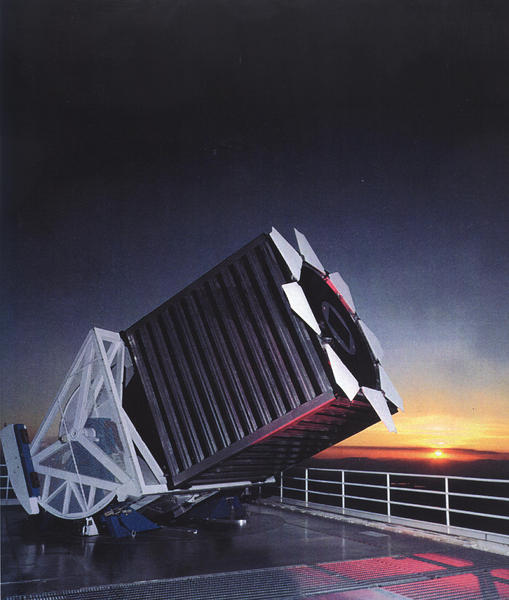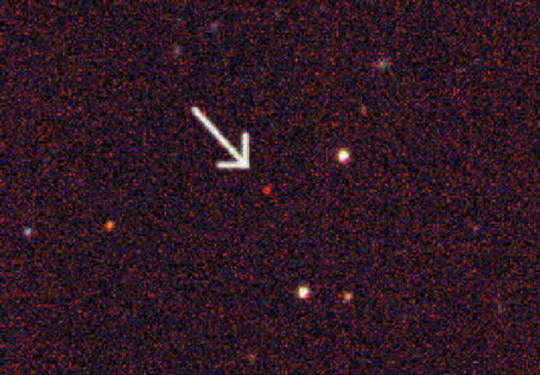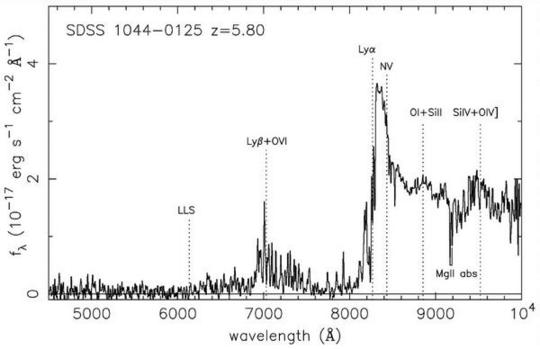
Map of the universe
Sloan Digital Sky Survey is a project to construct an innovative 'map of the universe', which is carried out jointly by the Japan Participation Group, 8 US institutions including Princeton University, University of Chicago, and Fermilab, and Max-Planck Institute for Astronomy and Max-Planck Institute for Astrophysik. The SDSS makes the survey of the universe on unprecedentedly large scales using the dedicated 2.5m telescope equipped with a large mosaic CCD camera and two multi-object spectrographs. The large mosaic CD camera takes the picture of 1/4 of the entire sky toward the North Galactic Cap in five color bands. About 200 million astronomical objects will be detected (about a half are galaxies, and the remaining half are stars). Among those objects detected in the imaging survey, distances will be determined for 1 million bright galaxies and 100 thousands of quasars from their spectra obtained with the multi-object spectrographs. The huge amount of data collected by the SDSS have strong impacts on various fields of astronomy. In particular, the data delineate the large scale structure in detail and provide important clue to how our universe has evolved. After about ten years of preparation and commissioning, the SDSS started the survey in October, 2000. The data obtained in the commissioning phase were made open to the public in June, 2001 (http://skyserver.fnal.gov). The survey data will also be made public step by step. After the completion of the survey, the database will be the scientific treasure of the human being.






